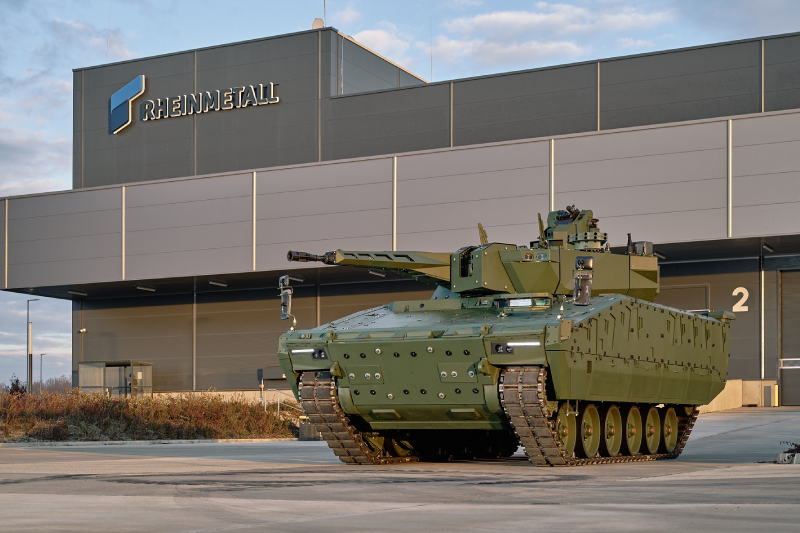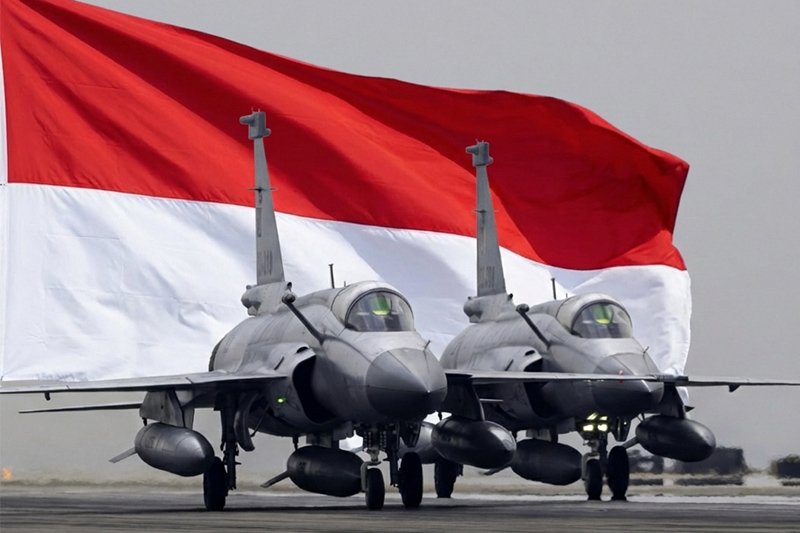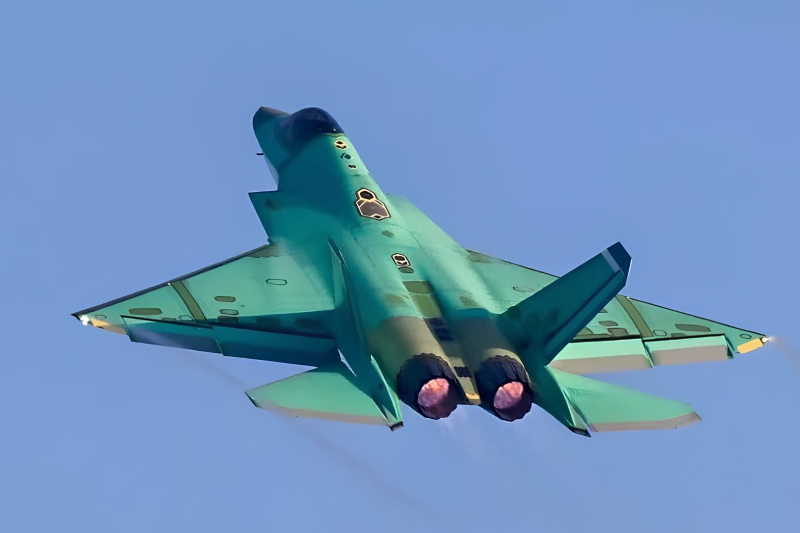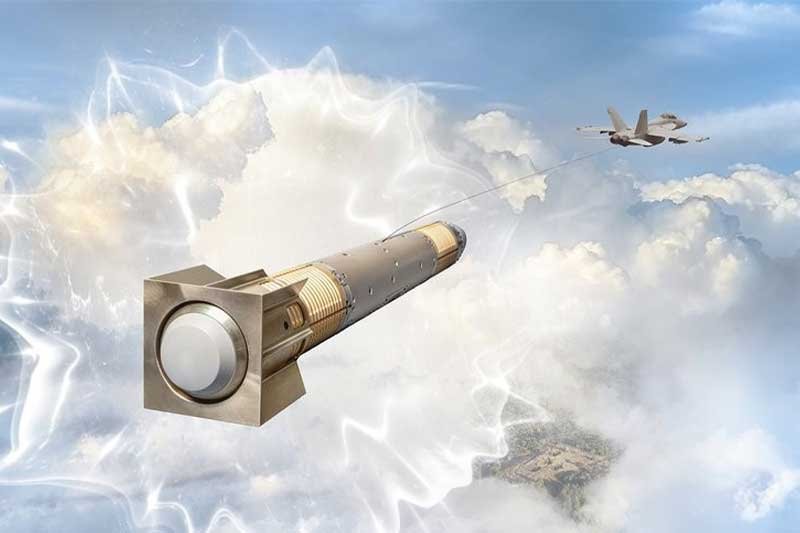BAE Systems Develops Advanced ‘Dual Band Decoy’ for US Navy
The U.S. Navy has tapped BAE Systems to develop the cutting edge Dual Band Decoy (DBD), one of the world’s most advanced airborne radio frequency (RF) countermeasure systems. DBD will provide advanced jamming capabilities to shield fighter jets from enemy radar and missile threats.
Building on BAE’s proven AN/ALE-55 towed decoy, DBD consists of an expendable decoy towed behind the aircraft by a fiber optic cable connected to the onboard electronic warfare system. It employs the latest jamming technologies to disrupt enemy radars and lure incoming missiles away from the aircraft.
“With Dual Band Decoy, we are expanding on the ALE-55’s decades of success as a high powered jamming system for fighter self-protection,” said Don Davidson, director of BAE’s Advanced Compact EW line. “DBD delivers a broad, upgradeable capability easily integrated across aircraft to address future threats.”
Advanced Jamming and Countermeasures
DBD incorporates BAE’s proprietary integrated circuit designs to provide superior RF countermeasure performance in a smaller, lighter package with reduced power demands compared to previous systems. It is a key part of BAE’s Intrepid Shield integrated electromagnetic warfare strategy.
The decoy can be launched automatically when threats are detected or manually by the pilot. This provides critical self protection for aircraft operating in highly contested airspace against advanced integrated air defense systems.
Also read this: U.S. and Japan to Co-Develop Hypersonic Glide Phase Interceptor
DBD will enable comprehensive electromagnetic battlespace management – detecting threats across the RF spectrum, jamming radars, deploying cyber-hardened decoys, and defeating incoming missiles. It leverages BAE’s extensive expertise in towed decoys, jammers and other electronic warfare technologies.
F/A-18 Super Hornet is Lead Platform
The Navy plans to initially field DBD on its F/A-18E/F Super Hornet fleet to counter increasingly-capable air defense systems being fielded by potential adversaries. BAE will produce the countermeasure system at its state-of-the-art electronic warfare center in Nashua, New Hampshire.
With its open systems architecture, DBD’s jamming techniques can be spirally upgraded over time to stay ahead of evolving radar and missile threats without requiring new hardware. This future-proofing will help ensure the Navy’s fighters retain a critical self-protection capability as electromagnetic threats continue advancing.
Keep connected with us at Facebook, Twitter, YouTube, Instagram & TikTok for latest defense happening around the globe.
Discover more from International Defence Analysis
Subscribe to get the latest posts sent to your email.












